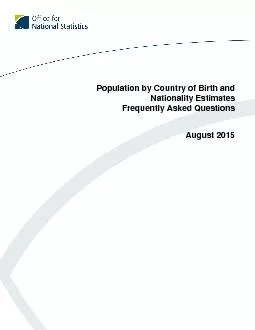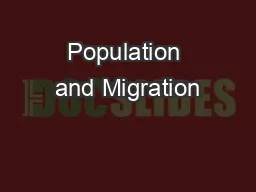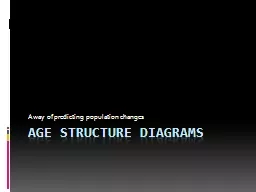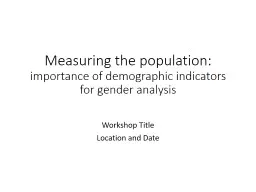PDF-Population by Country of Birth and
Author : ellena-manuel | Published Date : 2015-09-11
Nationality Estimates Frequently Asked Questions August201 ContentsPage number10 What is released and where to find it 3 20Current trends 3 30Definitions methods
Presentation Embed Code
Download Presentation
Download Presentation The PPT/PDF document "Population by Country of Birth and" is the property of its rightful owner. Permission is granted to download and print the materials on this website for personal, non-commercial use only, and to display it on your personal computer provided you do not modify the materials and that you retain all copyright notices contained in the materials. By downloading content from our website, you accept the terms of this agreement.
Population by Country of Birth and: Transcript
Download Rules Of Document
"Population by Country of Birth and"The content belongs to its owner. You may download and print it for personal use, without modification, and keep all copyright notices. By downloading, you agree to these terms.
Related Documents














